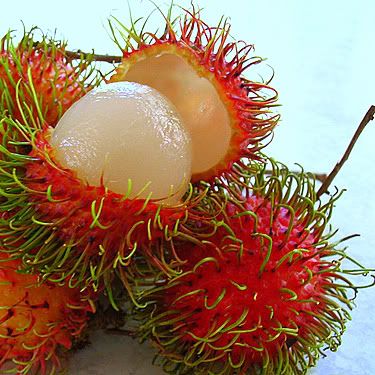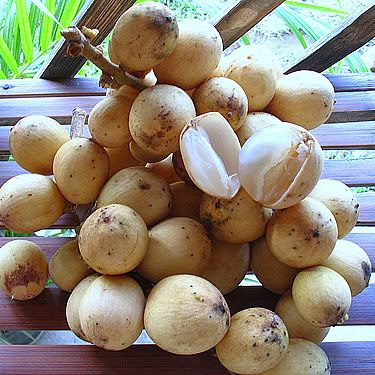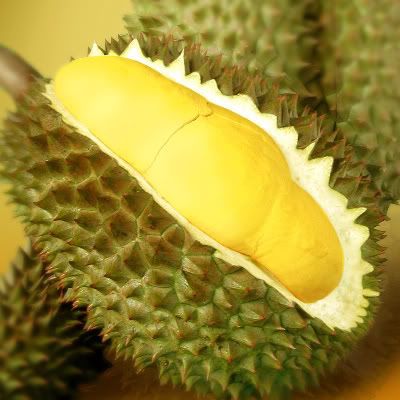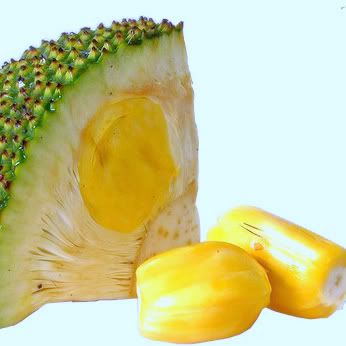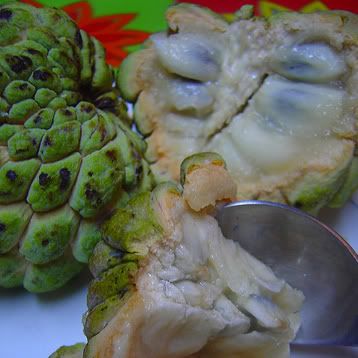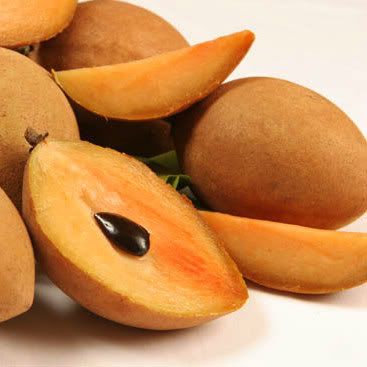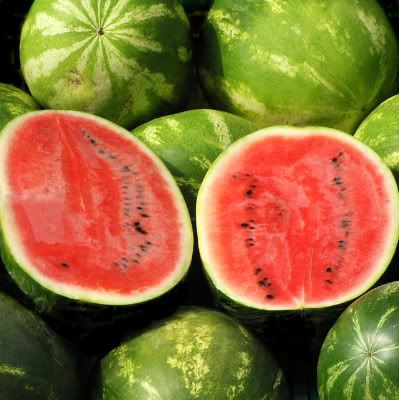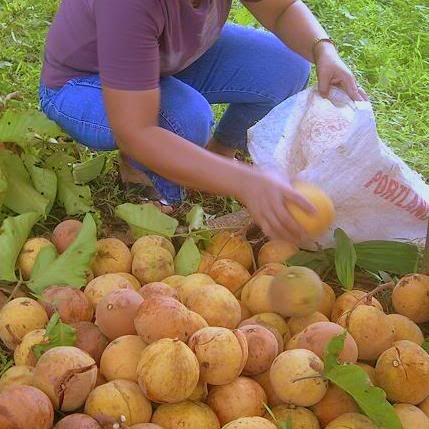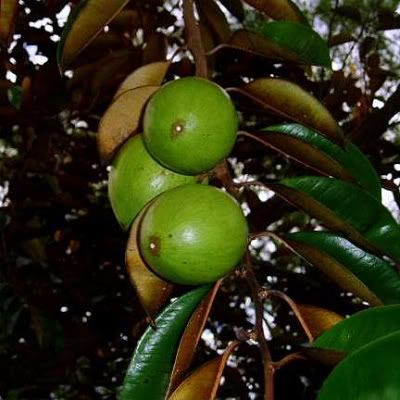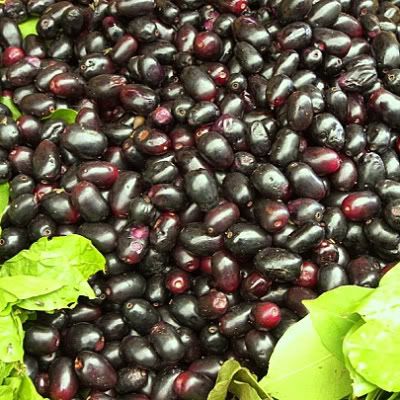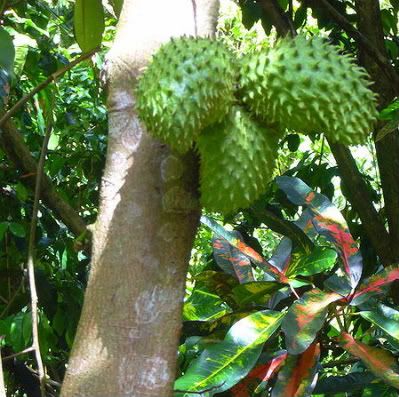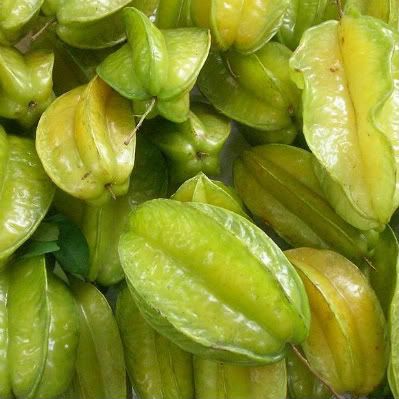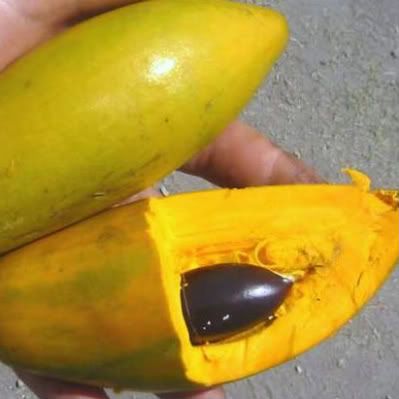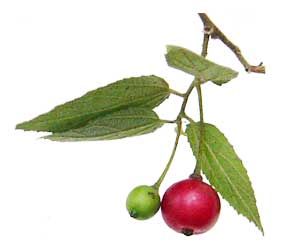San Migue Brewery is the largest beer producer in the Philippines, with a market share of more than 90% while Asia Brewery is the second largest brewery in the Philippines, with 10% share in its home market.
Here are the Top Ten Beers in the Philippines, in no particular order:
- San Miguel Beer, Pale Pilsen - The most popular brew of the country. It's a pale lager. A 320 ml bottle retails for about .50 US cents. It has a slight hoppy note with a distinct bitter hop character. It has a well-balanced medium body and slides smoothly on the palate with a pleasant clean finish. Most locals enjoy prefers this than any other local beer.
SMB has manufacturing agreements with certain Asian countries to brew San Miguel Pale Pilsen. Several bars, hotels and establishments in Asia stock San Miguel Pale Pilsen, be sure to ask for "Philippines San Miguel" when ordering.
This beer has been become a part of Philippine culture and has a cult following with balikbayans and OFW's
Alcohol Content: 4% by weight / 5% by volume - San Miguel Beer Cerveza Negra - This beer is marketed outside the Philippines with the brand San Miguel Dark Lager. It has roasted malty notes, which extends to its taste. It is full-flavored and full bodied. Bitterness is moderate but still smooth. The first and only dark lager in the country.
This beer is usually found in groceries, supermarkets, hotels & bars. It retails at $1 for a 320ml bottle
Alcohol Content: 4% by weight / 5% by volume
- Red Horse Beer - ( Lager) This beer has a strong alcohol content. The younger crowd like this more because of the buzz it gives only after 1 bottle. It has a distinctive, full flavored taste and extra satisfying strength of a world- class premium strong beer. Retails for .50$ cents for 500ml bottle.
THE HAPPY RED HORSE MYTH
There is also a popular urban legend about the "Happy Red Horse". According to urban legend there is one bottle in every case that has a smiling horse logo or emblem. This particular bottle, according to stories is somewhat stronger and has a sweeter palate than the regular bottle. The smiling Red Horse emblem does exist. How to they differ in taste? No one really knows unless proven by scientific data.
Perhaps the most logical answer is that in 1992 Red Horse made a small revision to their logo, thus the old packaging/bottles does exists. Beer bottles are usually recycled and reused. The life span of these bottles are 20 years after that they are discarded. They come from the same brewing line so the chances that they are different brew is a myth.
The company is also banking on the myth as a marketing tactic. They even sponsored a contest for digital short films. The theme was to create a story on the origins of the "Happy Red Horse".
- San Miguel Beer Light (San Mig Light) - Most people wonder why is it's called light when it has almost the same alcohol content as a regular beer. Light refers to being light in calories. This beer is marketed towards the younger and urban crowd.

- Beer na Beer - the direct competitor of San Miguel Pale Pilsen and brewed by Asia Breweries. Described as "Smooth, clean refreshing" beer taste. It Won 3 Monde Selection Gold Medals in Brussels. Despite the awards it garnered for quality it, Filipinos have remained loyal to San Miguel Pale Pilsen. ALCOHOL CONTENT is 5.0 % by volume
Most foreigners ask what does Beer na Beer mean? Well, technically "na" is used to emphasize that this is supposedly a really good beer. I think it's a silly name :) It almosts mean nothing because it's an OK beer. To beer snobs this would qualify as rubbish.
- Gold Eagle Beer - It is moderately light bodied, yet flavorful, hopped just enough to give a little bite on the finish bringing out an over-all "easy drinking" character.
Its alcohol content is 3.5% by weight and 4.55% by volume. - San Miguel Draft Beer - Miguel Draft Beer is the same San Miguel brew (Pale Pilsen and Light) that comes in portable, compact and space-saving cooling system or kegs. Available only for delivery from San Miguel and it's distributors. Intentionally briefly pasteurized or "flash pasteurized. Thus, the beer's premium taste and aroma are retained

- San Miguel Strong Ice - High octane alcohol iced filtered beer. A high-alcohol pale amber lager characterized by pleasant estery notes and mild balanced bitterness





